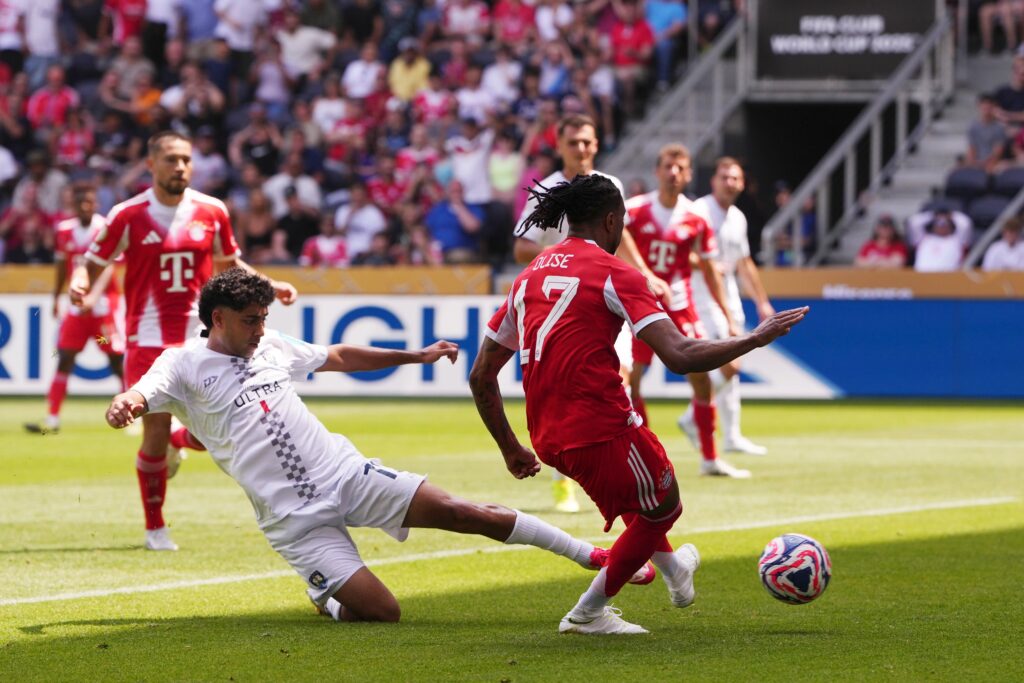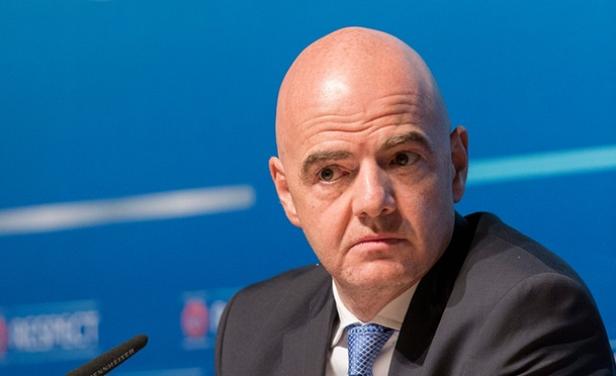
Shamik Chakrabarty
On June 14, when the Club World Cup kicked off in Miami’s Hard Rock Stadium, Gianni Infantino, the Fifa president, must have felt American. This billion-dollar tournament (read, football pageant), staged across 11 cities in the United States, is his baby. So much so that his name is etched twice on the trophy that would be lifted by the winners on July 13. Commerce aside, this is Infantino and Fifa’s vanity project.
On Sunday, Bayern Munich played against Auckland City, a team of semi-professional footballers, and won 10-0. Across the pond on the same day, England and a World XI featured in Soccer Aid 2025 at Old Trafford, and the game was far more competitive – 5-4 in favour of the World XI. In the Bayern versus Auckland City game, the Bavarian giants had a 17-1 advantage in shots on target. Welcome to a 32-team Club World Cup. Welcome to the circus.
The backers of this event tried to give a positive spin to the whole thing via Auckland City goalkeeper Conor Tracey, who works in a warehouse for a pharmaceutical company in New Zealand. A combination of annual leave and leave without pay has allowed Tracey to be at the Club World Cup, where he played against his idol Manuel Neuer. On the face of it, it’s a nice feel-good story. But football at the highest level cannot be a meet-and-greet exercise.
“We are writing history here in North America,” Infantino told reporters ahead of the tournament. “For the first time in history, 32 best clubs in the world will compete in a tournament to determine finally who is the best club in the world.”
He added: “It represents a big bang, because this is exactly what it is, and we thought that we would have to have an iconic trophy for an iconic competition.”

Infantino was partially right, for an infinite void had preceded the Big Bang, the cosmological phenomenon. As regards the Club World Cup that has IShowSpeed effectively as the tournament’s brand ambassador – Infantino appeared on the YouTube creator’s livestream to unveil the trophy – so far there’s a void. This ‘pyjama football’ – to paraphrase Christopher Martin-Jenkins – has failed to woo the fans in America. Globally, as of now, there’s complete indifference.
The previous version of the Club World Cup had seven matches. Champions from different continents participated. The bloated format has 32 teams in eight groups of four. Quality has given way to quantity under the pretext of inclusivity. Player’s welfare – midday matches in temperatures above 30 degrees Celsius after a 50-60-game season – has been thrown out of the window.
“I hate it,” former Manchester United striker Louis Saha told 10bet. “I see the damage done to players and their creativity. I am worried for their welfare, and this is one of my biggest concerns.”
But why are some of the top clubs still participating? It’s ostensibly about the money. The tournament has $1 billion as the prize money, and the winners can get up to $125 million. A group stage win reportedly secures a club $2 million. The extra money will help the clubs fund player wages, staying within PSR limits.
The Fifa has already sort of legitimised sportswashing through its choices of World Cup hosts. The Club World Cup relates to pecuniary matters, where the game’s governing body has effectively gazumped the proponents of the European Super League.
By the way, the Club World Cup has the ‘Superior Player of the Match’ award instead of the Man of the Match award. “Utter woke nonsense!” a fan posted on social media



